KCPE PAST PAPER FOR SOCIAL STUDIES 2008 QUESTIONS AND ANSWERSPART I SOCIAL STUDIESStudy the map of MINA area and answer questions 1 to 7.
1. The length of the railway from the level crossing to the edge of the map is approximately
2. The general direction of flow of River Mina ¡s
3. Which one of the following types of soil is likely to be commonly found ¡n Gola sub-location?
4. The main factor that may have influenced the setting up of a cattle ranch in Pone sub-location is the availability of
5. In Mina Area, there are permanent settlements in all the sub-locations except
6. What evidence in the map shows that Mina Town is an administrative centre? Presence of
7. Which one of the following is the main source of revenue for Mina Urban Council?
8. Which one of the following was the title given to the ruler of Buganda Kingdom in the 19th century?
9. Which one of the following minerals is used for making glass?
10. Nairobi is cooler than Mombasa because
11. Who among the following traditional Kenyan leaders collaborated with the British during the establishment of colonial rule?
12. The diagram below represents a method of fishing.
The fishing method shown in the diagram is
13. Which one of the following was the function of the council of elders among the Ameru during the pre-colonial period?
14. In Kenya, a parliamentary bill becomes law only when it has been signed by
15. Below are some modem means of communication:
16. Which one of the following statement is true about small scale farming in Kenya?
17. Which one of the following statements correctly describes the social organization of the San during the pre-colonial period?
18. Which one of the following countries in Africa is correctly matched with its capital city? Country Capital city
19. Which one of the following is a function of a primary school management committee?
20. The Eastern Bantu dispersed from Shungwaya during the pre-colonial period mainly because
21. Which one of the following is the main effect of destruction of forests on the slopes of Mt. Kenya?
22. Where was the first Christian mission station in Kenya established in the 19th century?
23. The darn marked P was built mainly to
24. The ocean current that influences the climate of the area marked Q is
25. The countries marked R and S were colonized by
26. The island marked T is
27. In Old Ghana, the king was succeeded by
28. The best way to control sheet erosion is by_____
29. Who among the following leaders in Tanganyika united the Africans during the Maji Maji rebellion?
30. Which one of the following cultural practices did the Abaluyia borrow from the Luo as they interacted during the pre-colonial period?
31. Which one of the following statements is true about the free range method of chicken rearing?
32. The imperial British East Africa Company stopped administering Kenya because
33. Leo has found out that his classmate Joni is living with HIV and the condition is affecting his learning. The right action for Leo to take is to ___
34. Olorgesaille and Kariandusi are both
35. Mama wishes to set up a Jua Kali industry. Which one of the following is the main factor that would influence the choice of location?
36. In traditional African communities, the basic unit of social organization was
37. Which one of the following was the main reason why the British built the Uganda railway?
38. which one of the following groups of crops in Kenya is grown mainly in plantations?
39. The method used by the Portuguese to administer Mozambique was
40. Below are ways of acquiring skills of treating the sick:
41. One of the duties of African chiefs in Kenya during the colonial period was to
42. The main problem limiting trade among African countries ¡s that
43. Which one of the following groups of mountains in Africa are block mountains?
44. Which one of the following is the main reason why caning of pupils in school was banned in Kenya?
45. Which one of the following would be the best way of controlling rapid population growth in towns in Kenya?
46. Which one of the following was the main reason why proverbs were used in teaching the youth in traditional African communities?
47. Which one of the following groups of countries in Africa got assistance from the Organization of African Unity (OAU) to achieve independence?
48. Thika has grown to an important town mainly because
49. which one of the following became the title of the Head of State in Kenya when the country was declared a republic?
50. Three of the following are benefits resulting from setting up of Perkerra Irrigation Scheme. Which one is not?
51. A vehicle has overturned near your school arid the driver has a deep cut on the leg. Which one of the following would be the immediate action for you to take to help the driver?
52. Which one of the following courts in Kenya deals with cases involving people under 18 years of age?
53. Below are characteristics of a type of climate in Africa.
54. Which one of the following is a service industry?
55. Which one of the following statements is true of both the Tswana and the Fulani?
56. Three of the following are benefits of democracy. Which one is not?
57. Most of the horticultural products from Kenya are exported by
58. Mzee Jasho has shared his piece of land among his children. A dispute arises over the different sizes of land that they have been given. The best way for Mzee Jasho lo settle the dispute is by
59. A foreigner who wishes to become a citizen of Kenya is required to obtain
60. The reason why the Kenya National Anthem is important is that
0 Comments
Leave a Reply. |
Archives
January 2023
Categories
All
|
Can't find what you are looking for? Don't worry, Use the Search Box Below.
|
Primary Resources
College Resources
|
Secondary Resources
|
Contact Us
Manyam Franchise
P.O Box 1189 - 40200 Kisii Tel: 0728 450 424 Tel: 0738 619 279 E-mail - sales@manyamfranchise.com |

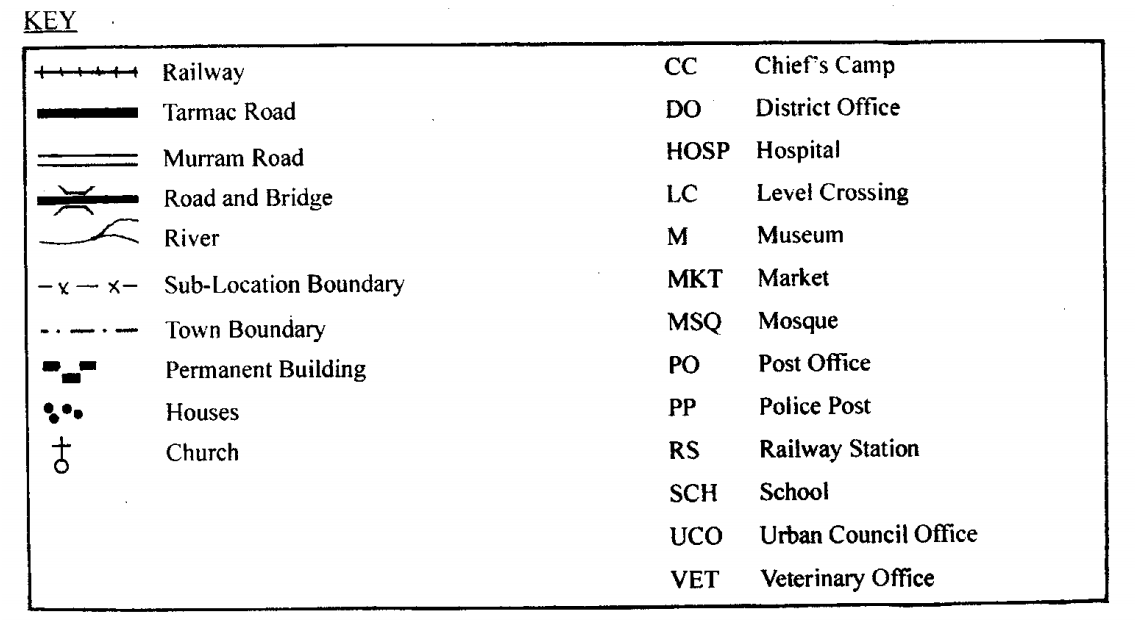
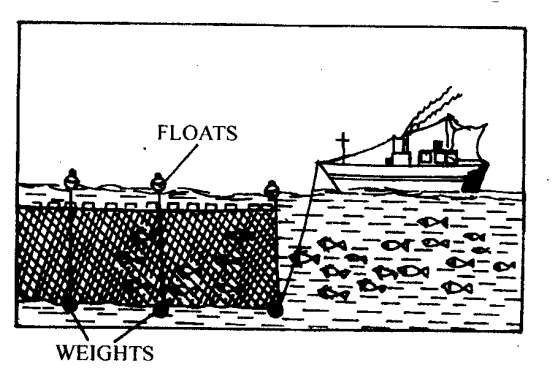

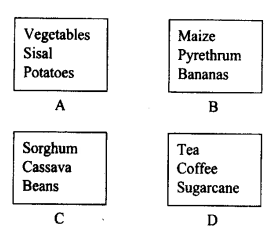
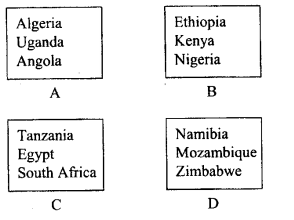
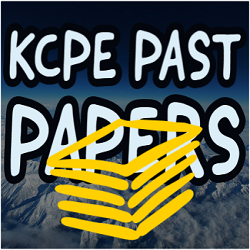
 RSS Feed
RSS Feed

